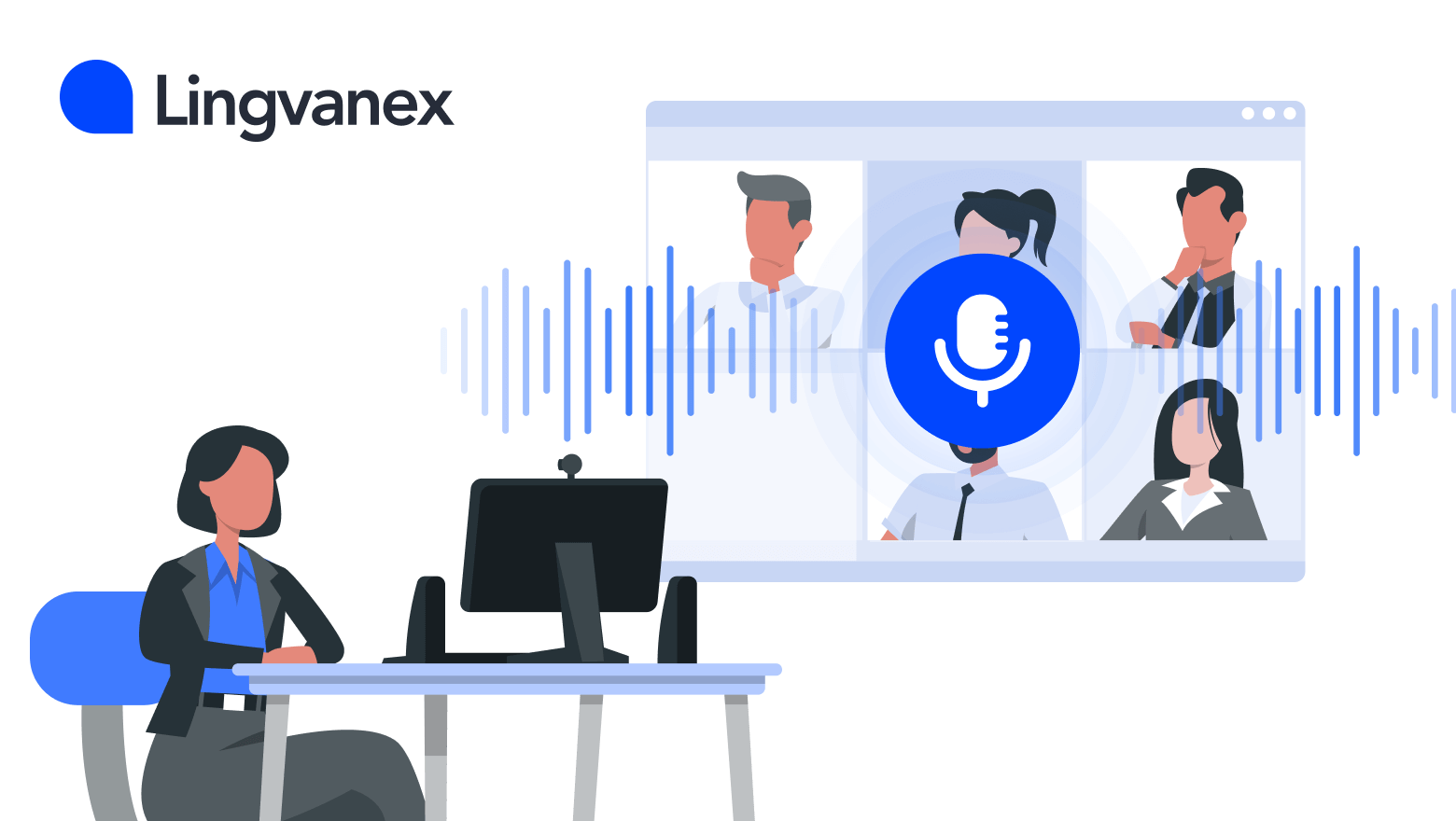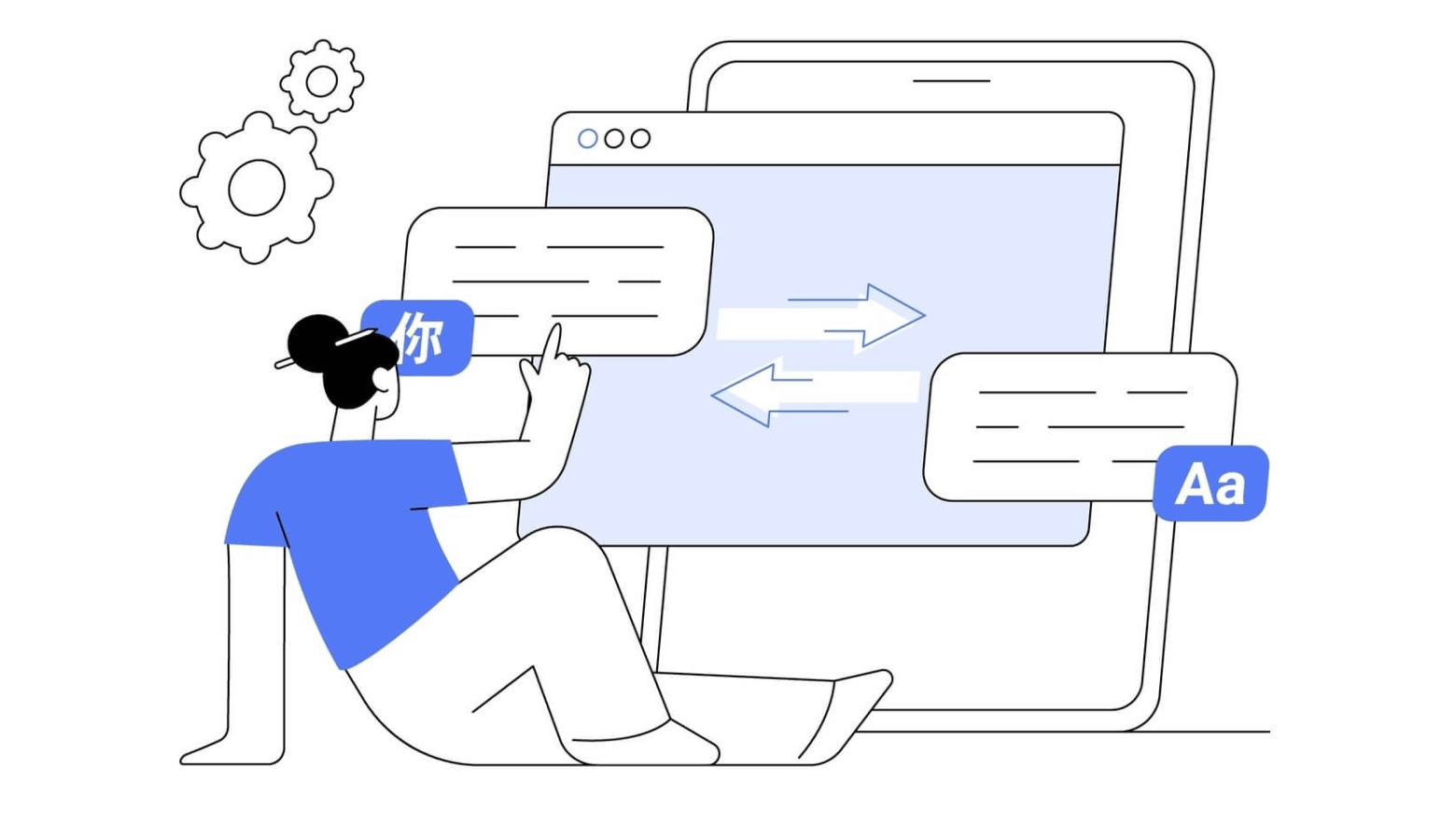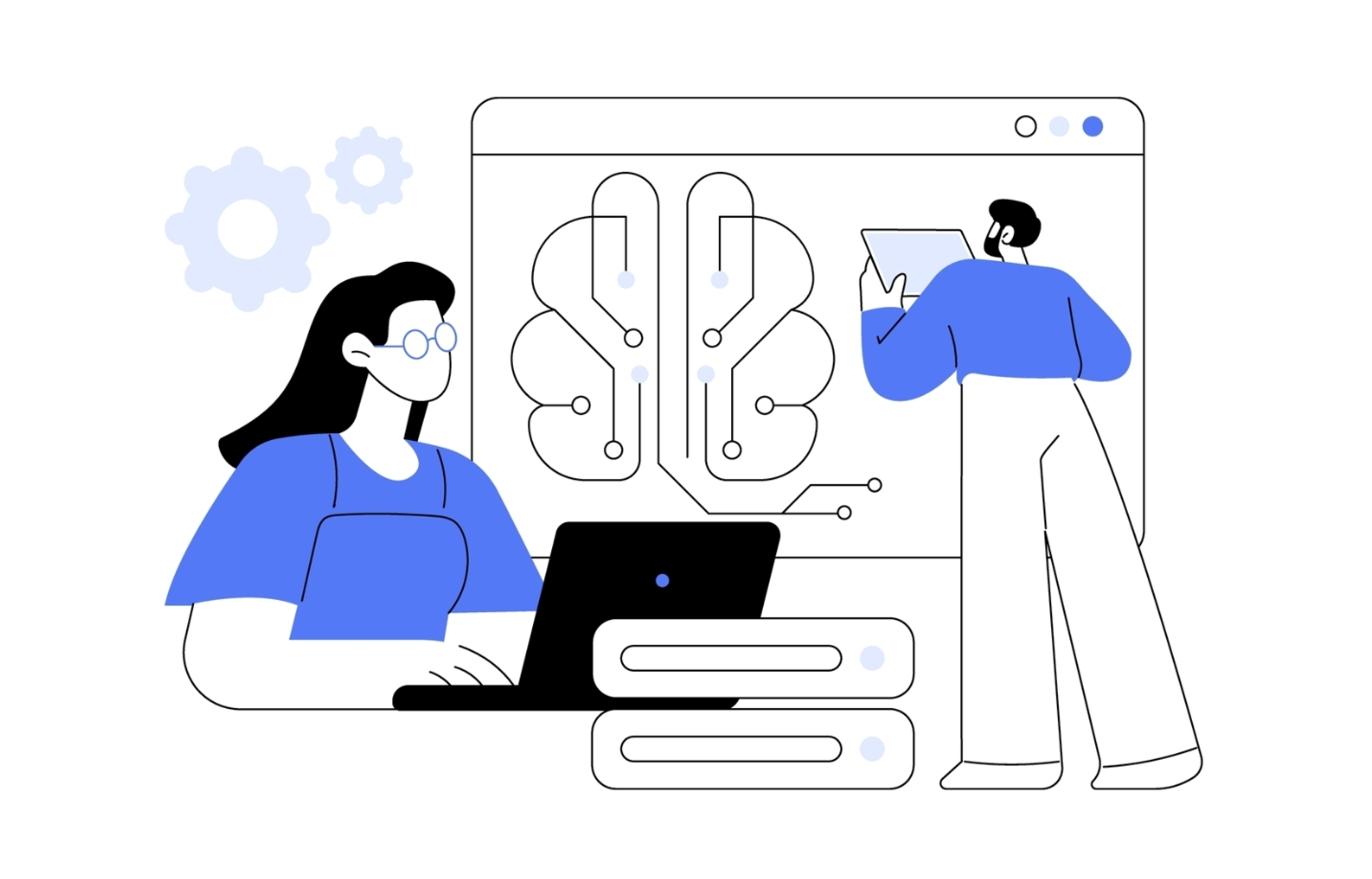Speech recognition is a technology that enables a computer or machine to recognize and understand spoken language. It allows users to interact with devices through voice commands.

How Does Speech Recognition Work?
The process of recognition starts by capturing spoken words through a microphone, turning them into digital signals. Then, a program picks out key features like pitch and duration from these signals. Next, it matches these features with known speech patterns using algorithms. After that, it analyzes the speech in the context of the language being used. Finally, it converts the recognized speech into text or executes commands. Accuracy depends on factors like audio quality and background noise.
Benefits of Speech Recognition for Businesses
Speech recognition tools are changing how businesses work. This technology, powered by advancements in artificial intelligence and machine learning, is now more advanced and widely used. Speech-to-text solutions:
- simplify group collaboration, enhance customer interactions, assist content creators, and benefit professionals in various fields;
- transcribe audio and speech in real-time faster than humans;
- save money, especially for large-scale transcriptions;
- seamlessly integrate with different software and platforms;
- operate smoothly in real-time, making it ideal for live meetings or lectures, and can be utilized for various purposes such as conferences, customer calls, and multimedia production.
On-premise speech transcription is a technology that operates locally, within the premises of an organization or individual, rather than relying on external servers or cloud-based services which is increasingly favored, especially in sectors with high data sensitivity. Opting for these solutions to convert voice to text ensures information security and compliance with regulatory requirements.
Furthermore, it's worth noting that relying on cloud-based services can expose companies to fluctuating subscription fees and downtime risks. By opting for on-premise audio file transcription, companies can convert speech to text as frequently and extensively as needed, with fixed costs paid in advance.
Applications of Speech Recognition Across Industries
Let's examine how speech recognition technology can drive innovation and efficiency in business operations.
Multinational Conference Calls & Meetings
For international meetings, having such a tool is incredibly beneficial. It ensures everyone can follow the conversation and remain aligned. Board or team meetings and brainstorming sessions within multinational corporations become significantly more productive. Having experienced it firsthand, we can attest that it enhances coherence in interactions, enabling every team member to comprehend and engage in the discussions.
Customer Support
Global businesses handle large volumes of customer support calls daily. Instant transcription in multiple languages can aid support staff in better understanding customer issues and serve as valuable training material. Automatic speech recognition tools are indispensable for accurately transcribing audio from multilingual customer interactions. It is much simpler to store conversations in text format, rather than in audio. A good speech to text solution can help extract valuable insights to improve service quality and resolve common issues, which in turn will lead to heightened customer satisfaction and loyalty.
Education, Training, and Onboarding
In education and training, speech recognition acts like an additional learning aid or a personalized learning assistant. It can be used by organizations conducting regular training sessions, webinars, workshops, or by educational institutions that want their students to have instant lecture transcriptions. It assists in real-time audio-to-text conversion, enhancing accessibility and retention of information. Dictation software enables employees and students to review material at their own convenience and, notably, contributes to building a knowledge repository for future training purposes.
Content Creation and Marketing
Companies producing audio-visual content such as interviews, webinars, or podcasts seek to optimize content utility and enhance online visibility. This can be achieved through audio-to-text transcription, enabling the repurposing of transcriptions into blog posts and whitepapers. This approach supports content strategies and improves SEO for audio-visual content hosted on company websites. In essence, converting audio files to text contributes to increased traffic and engagement.
Legal and Financial Dealings
In the legal and financial sectors, an accurate speech-to-text converter is invaluable for maintaining transparent records and preserving nuanced details. Businesses involved in negotiations, contract discussions, or operating within highly regulated industries must ensure accuracy in documentation. Furthermore, as this audio-to-text tool operates offline, there is no risk of data leakage.
Analytics and Market Research
In market research, speech recognition expedites the transcription of focus groups and user feedback sessions. Converting audio files to text accelerates the identification of patterns and preferences, enabling businesses to adapt and innovate based on actionable data.
Human Resources and Recruitment
When we look at human resources, having a speech recognition tool becomes like having a flawless notetaker during interviews. Global companies that assess candidates from different linguistic backgrounds can convert speech to text, making sure they have all the details to make up their minds later.
Travel & Tourism
In the diverse and dynamic sector of travel and tourism, audio into text conversion tools are like personalized assistants. Travel agencies or tour operators that deal with tourists from various countries can be sure they got down every detail of their interactions. It allows them to address specific requirements, feedback, or inquiries more promptly which boosts customer satisfaction.
Conclusion
In summary, speech recognition technology plays a crucial role in various modern industries. During multinational meetings, it facilitates real-time conversion of speech to text, promoting better communication. In customer support, it enhances service quality and extracts valuable insights. In education, it serves as a personalized learning tool. For content creators, it converts audio to text, driving traffic effectively. In legal and financial sectors, it ensures transparent and accurate record-keeping. In market research and HR, it swiftly identifies patterns and preferences and aids in note-taking during interviews. In travel and tourism, it addresses specific needs promptly, enhancing customer satisfaction. Speech recognition has the potential to revolutionize businesses seeking improvement with minimal investment.



